How to buy Snowboard Boots
Snowboard boots can be the most important part of a snowboard set up. Even if a snowboarder has a top of the line board and expensive bindings, if the boots aren’t comfortable they aren’t going to have a very fun ride. The best return on investment from snowboarding is going to be a comfortable ride with good quality boots.
When deciding which boots are going to work best the ability and style of the rider are going to be the main determining factors. Boots will range from soft to stiff on a 1 – 10 scale. Beginners and freestyle riders will want a boot that is going to be softer. As a freerider advances in their riding they will gradually work up to a stiffer boot.
Liner
Most liners in boots now will be heat moldable. This means that when heat is applied the liner will mold to the riders foot giving them a comfortable custom fit. Molding the boot can be done by either placing it on a heat tower and then wearing to boots for a few hours, and if this is not available wearing the boots for around three to four hours a day for around three days should custom fit the boots to the rider’s feet.
Most liners now won’t have many seams on them. This will lighten it and make it more comfortable to wear because the inconsistencies of the seams won’t be touching the foot. The liner will also have a great deal to do with the flex of the boot. Higher end boots will have a heel structure built into them. A heel structure will create a better hold on the foot and reduce any lift when carving and turning. Some higher end freeride liners will also have stiffening rods in them. Most boots now will have a removable liner but some companies will still have a sewn in liner and these work good too.
The outer part of the boot will differ depending on the flex. Stiffer boots will use more plastic materials and stiffening agents when softer boots will use nylon and synthetic leathers. Another new element on boots that is going to affect the flex is an articulating cuff. This will separate the upper part of the boot from the lower part so the boot can flex more like a hinge. This will prevent bunching and crimping in the instep.
Lacing systems
The liner and outer part of the boot will, more often that not, be laced separately and there are many different lacing systems that are available. Some models of boots will have a quick draw system. This system will tighten the top and bottom the boot independently with a single lace in each section with a handle. One quick pull on the handle will tighten them and they are kept tight by a cleat. To loosen the boot, simply pull forward on the laces releasing them from the cleat.
Many boots will still have traditional laces. Some riders will still prefer these over other systems because they can customize how tight the boot will be in different areas. Lace up boots will have eyelets on the lower part of the boot and hooks on the upper section.
Another popular option for lacing systems are boa boots. Boa will replace traditional laces with a stainless steel cable that is tightened by twisting a dial at the top of the boot. The cable in the boot is very durable because it is made of 29 strands of stainless steel that have been inlayed to each other. The main advantage of this system is it will get boots nice and snug without ripping up the snowboarders hands like regular laces can do.
Getting out of boa boots is just as easy as getting in. Simply pull the dial out and pull the tong forward and your foot is easily released. One disadvantage to the boa lacing system is that it does not have independent adjustments to tighten the top and bottom of the boot differently. Snowboarders will often want to adjust the tops and bottoms of their boots differently to suit their riding style. Freestyle riders often will tighten the foot of their boot as much as they can to prevent heel lift, but they will leave the top of their boot loose to provide more flexibility and movement.
Some boa boots will have independent adjustments, but most will not. The ones that do will generally have a three zone system. One dial will tighten the top of the boot, another will tighten the bottom and the third will tighten an overlap in the center.
Sole Construction
A big goal of many companies recently is to drastically reduce the weight of their boots. Traditionally, rubber was used for the soles of snowboard boots, but today rubber is one of the heaviest materials in the market. It is still used, however, because rubber has great durability and really good grip. But instead of using it for the entire sole companies will use rubber in only specific areas of the sole. Other companies have replaced rubber all together with other materials that are much lighter and are still a high quality material for the sole of snowboard boots
Freeride and backcoutry boots can sometimes have much more variation in the design and purpose of their sole. For hiking, these boots can be made with a specific tread or even ice spikes. The soles of freestyle boots will be focused more on cushion for landings. The types of materials used for cushioning will depend on the price tag of the boot. You get what you pay for in this area.
Boots are an essential part to a snowboard set up. How comfortable your feet are will determine how much fun you will have riding and how long your day will last. It is a wise choice to spend a little more money on boots because it will be worth it in the long run.


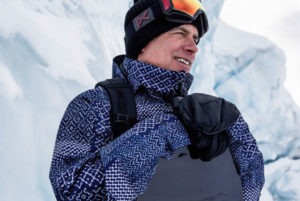

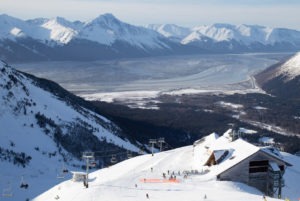
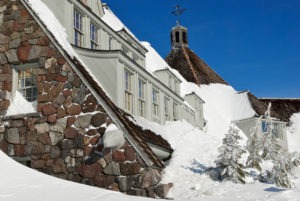
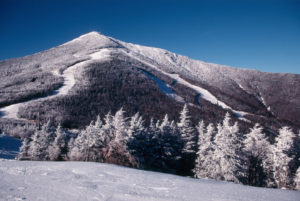
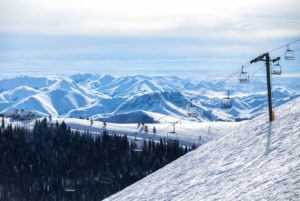
What boot company do you guys think make better boots over-all?: Thirty-Two or DC?
Hey DrDre, it is hard to say who makes the ‘better boots’. As far as quality is concerned, both Thirty-Two and DC make great products. Since every person has a differently shaped foot, which makes the better boot, would depend on your foot. In the 2011 boots, I personally liked the way the DC boots fit, where as the Thirty-two line runs a little wide for me. However, I do have to say that Thirty-Two boots have amazing liners. So to answer your question, try some boots on from each brand, see what you like and which fits your foot the ‘snuggest’ without causing pressure points.
so I bought the DC Park boots at the end of last season and i never got to wear them… but I just tried them on for the first time since last year..they are super tight.. can you heat mold DC boots??
I’m looking for extreme lean angles,while shreding.What are the stiffist boot’s,you’d suggest?Thanks Jon.
I wear a 10.5. Should I buy 10s or 11s if no 10.5 is available? Specifically the Ride Deuce. Thanks.
[…] a solid buying guide, which you can find here. And The House has a buying guide video here that talks more about boot types and boot […]